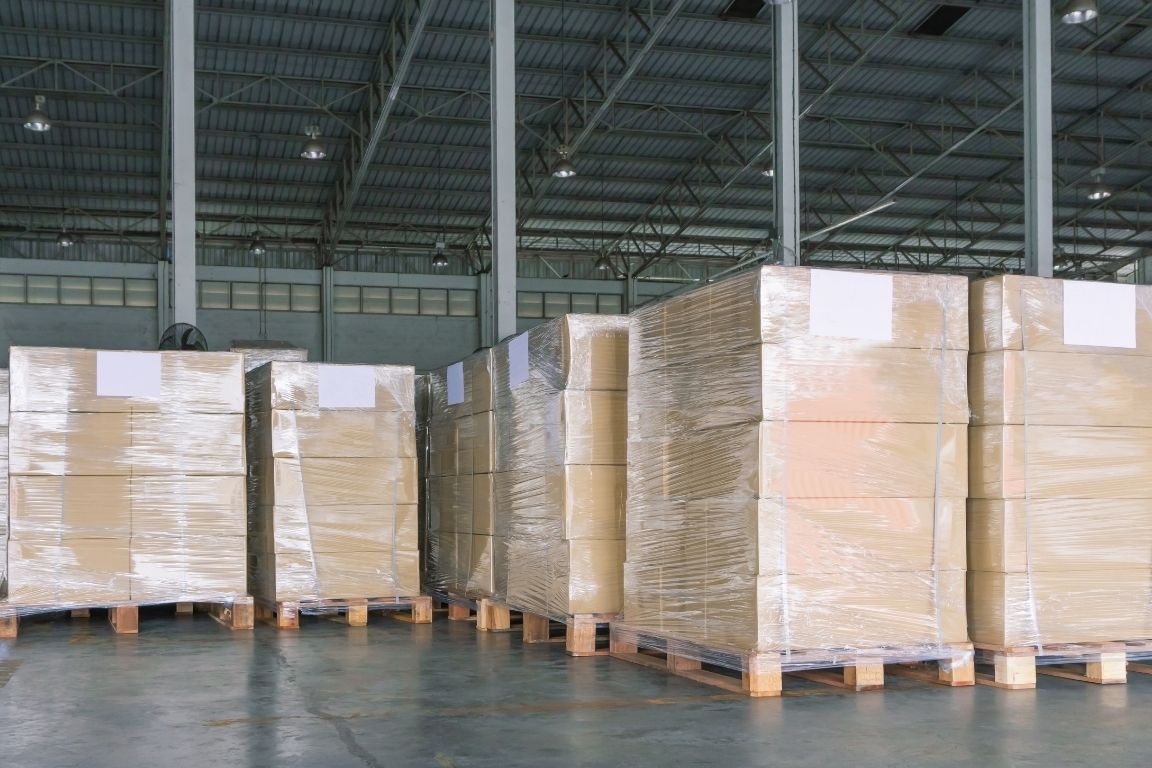Shrink-wrapping is an essential part of the packaging process. Whether you’re doing it by hand or with automated machinery, it’s important to do it right. When shrink wrap isn’t properly applied, it can lead to tears, burn holes, and excess air inside the film, which can result in product contamination and other unwanted side effects. To make sure you’re wrapping your product correctly, follow these tips for shrink-wrapping your products.
Determine Your Equipment
The first step in the process is determining the type of equipment you’ll be using. Effectively shrink-wrapping products requires three core elements:
- The type of shrink film you’re using.
- A heat sealer to seal any open ends.
- A heating source to heat the film.
Most shrink-wrapping applications will need all the elements listed above. However, certain applications, such as gift basket shrink bags and shrink tubing, don’t require a heat sealer. Let’s go over the different materials you’ll need.
Shrink Film
You can find shrink film in four different types of plastics: Polyolefin, PVC, Polyethylene, and Polypropylene. Each type comes with their own advantages and disadvantages. Polypropylene is the least common, but the other three are used in a wide variety of industries. Once you determine the type of shrink wrap, consider the form of shrink film you’ll use. There’s tubing, bags, centerfold rolls, and more.
Heat Sealer
A heat sealer, like its name suggests, seals products, packaging, and other thermoplastic materials using heat. Your sealer might cost a little, or it might cost a lot. The cost is directly proportionate to the seal width and your desired levels of production.
Heating Source
The heating source is what you’ll use to shrink the wrap securely around your products. Two common types of heating elements include heat guns and shrink tunnels.
Of course, you can usually replace the final two elements with a single product: an automated or semi-automated shrink-wrapping machine.
Take Measurements
Another tip for shrink wrapping your products is to measure them beforehand. Knowing the length, width, and depth of the product you’re wrapping will make it easier to determine the size and form of the shrink film, the size of sealer needed, and the size of the shrink tunnel (if required). Taking proper measurements can help you avoid some common issues that prevent perfectly shrink-wrapped packages.
Finish It Up
Once you know your equipment and measurements, the rest is easy. Place the product in the film roll, bag, or tubing. Approximately half an inch from the product, close the sealing bar on the open ends of the film and make seals. Once any open ends are sealed, apply heat with a shrink gun or tunnel, or let your machine do the work for you. If the film balloons and fills with air during the heating process, you might need to create a small vent hole. This allows the air to escape.











